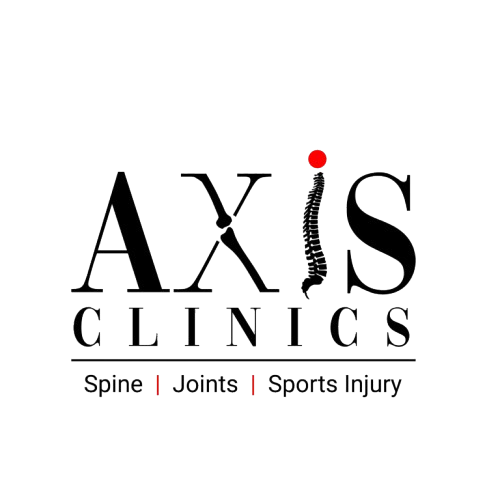A herniated disc is a spinal condition that commonly happens when one of the soft and gel-like discs found between your vertebrae either bugles out or ruptures, applying pressure to the nearby nerves. This can induce discomfort, pain, and flexibility issues in the neck or lower back region.
Causes
Herniated disc condition happens due to the wear and tear felt by the spine. As we humans tend to age, the discs further lose their flexibility and ability to support the spine, leading to injuries. Other common causes include improper lifting techniques, sudden falls, or repetitive strain. Individuals who are above their optimal body weight, leading a sedentary lifestyle, or are involved in physically demanding jobs come at a higher risk of having herniated discs.
Symptoms
Symptoms of a herniated disc differ from one individual to another, yet there are certain common symptoms that can help identify the condition. The common symptoms include:
- Pain felt by the neck or lower back region can further radiate to the legs, arms, or buttocks.
- Tingling sensation or numbness is felt by the lower back region, and it happens mainly due to nerve compression.
If any of these symptoms show up, seek medical help as soon as possible to prevent the condition from worsening.
Treatment Options
Based upon imaging tests like X-rays and CT scans, the healthcare provider shall discuss the possible treatment options. Most of the herniated disc cases are treated and can be recovered with non-surgical methods, while surgery is needed only when such treatment methods fail.
- Complete rest is a must to avoid adding extra pressure to the existing lower back pain.
- Physical therapy sessions, as recommended by the physical therapist, aid in easing the pain and discomfort. Following therapy sessions improves overall body flexibility and strengthens the muscles to aid in possible recovery.
- Pain relievers are used as a temporary process to manage the pain. Doctors prescribe such pain relievers to ease the painful condition and allow your body to adapt to the physical therapy sessions.
- Regenerative intervention is also a great minimally invasive procedure to treat herniated discs if the conservative methods fail.
Never neglect to get medical help as such conditions are easy to recover under the guidance of reputed healthcare providers.


